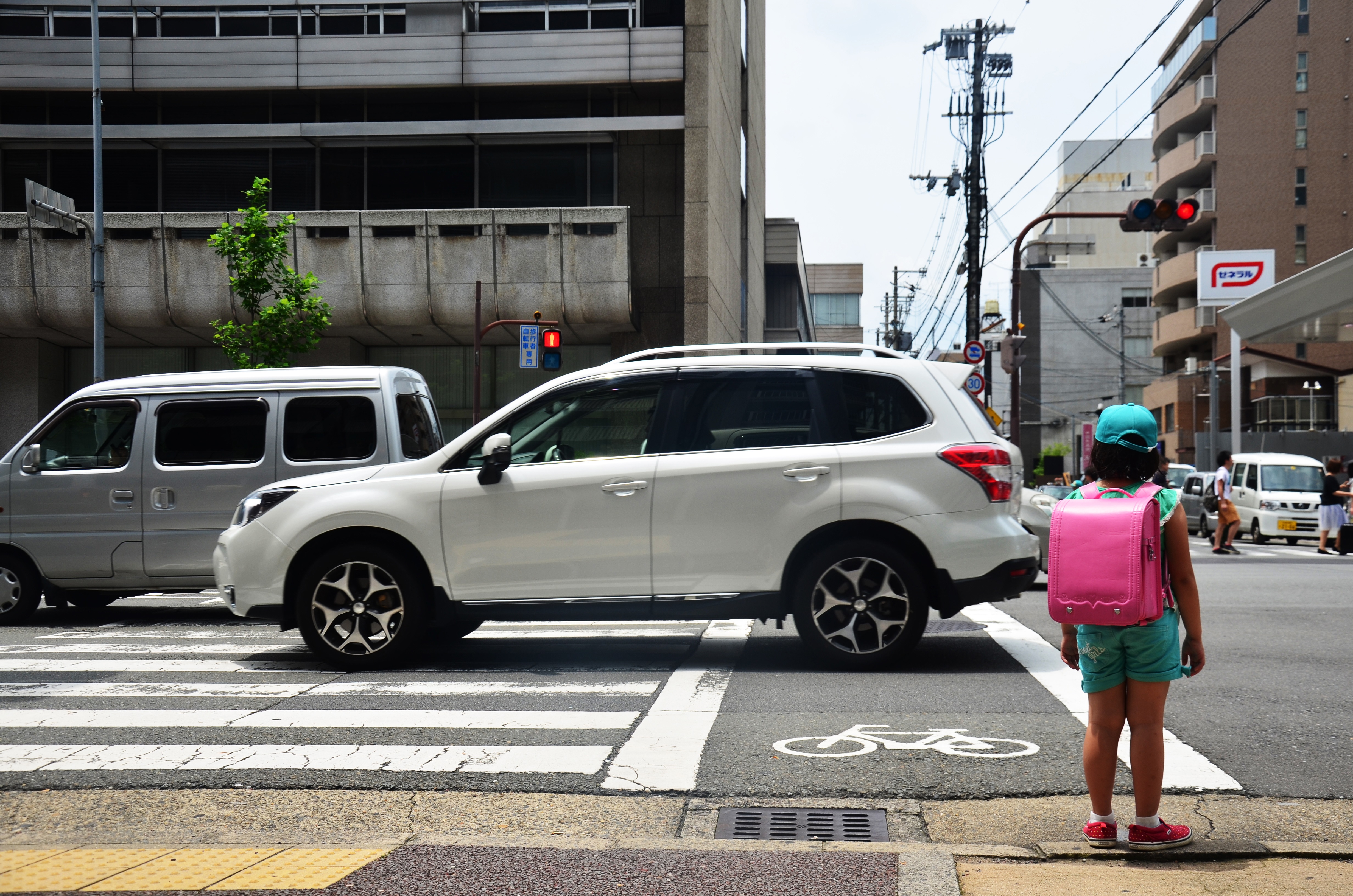
<h4 style="text-align: justify;">Metro schools will be considered as another option to meet future education needs in high-growth urban centres such as Auckland, education minister Nikki Kaye has announced.</h4>
<p style="text-align: justify;">“A metro school is an innovative model that responds to the need to provide education in intensified urban areas, where the large areas of land associated with a traditional school may be hard to acquire,” says Ms Kaye.</p>
<p style="text-align: justify;">Features of a metro school can include:</p>
<ul style="text-align: justify;">
<li>it is located on a more compact site, which may be leased rather than purchased</li>
<li>it uses community amenities such as fields and gym facilities, rather than having its own</li>
<li>it can draw on its location to enrich the educational experience for students, eg through access to museums and libraries, and connections with local businesses which can lead to work placements</li>
<li>it provides <a class="wpil_keyword_link" href="https://www.schoolnews.co.nz/2015/10/developing-opportunities-at-school-with-a-view/" title="opportunities" data-wpil-keyword-link="linked" target="_blank">opportunities</a> at a planning level to better align school and urban design, so that as well as schools having access to community facilities, the community can also benefit from access to school facilities &#8211; an arrangement potentially enhanced if schools adopt more flexible hours of operation.</li>
</ul>
<p style="text-align: justify;">“Traditional policy levers have served us well, and we’re making good progress delivering extra capacity in Auckland. By 2019, we will have delivered an extra 17,000 new student places in the city, through new schools as well as extra classrooms at existing schools,” says Ms Kaye.</p>
<p style="text-align: justify;">“The Ministry is also taking a more strategic approach to acquiring land for schools, looking further ahead with planning and identifying where land may be needed 20 to 30 years from now.</p>
<p style="text-align: justify;">“However, with parts of New Zealand, especially Auckland, becoming increasingly urbanised and intensified, we need to challenge the way we think about procuring infrastructure and delivering education in these areas.</p>
<p style="text-align: justify;">“We began looking more closely at the metro school model, which is already used in a number of countries, last year.</p>
<p style="text-align: justify;">“As part of this, we’ve taken a keen interest in Ao Tawhiti Unlimited Discovery, a special character school in Christchurch which reflects key principles of a metro school.</p>
<p style="text-align: justify;">“Ao Tawhiti Unlimited Discovery’s vision incorporates family-like relationships between the school, parents, whanau and the wider community, who are all heavily involved in school life and delivering the curriculum.</p>
<p style="text-align: justify;">“An inner city location is a big part of their vision, because it enables the school to fully utilise all the amenities and experiences that the city offers.</p>
<p style="text-align: justify;"><strong>Metro school investment principles</strong></p>
<ul>
<li style="text-align: justify;"><strong>High density urban areas</strong> – Metro schools will be considered in areas that are highly utilised and lack affordable green space.</li>
<li style="text-align: justify;"><strong>Student outcomes</strong> – Metro schools will continue to provide the infrastructure required to deliver a 21st Century curriculum, promote innovation and support all students to achieve educational success.</li>
<li style="text-align: justify;"><strong>Partnership and shared facilities</strong> – Planning and design of the school will be completed in partnership with the local council. This will ensure the school will have required access to community amenities to teach core aspects of the curriculum. The sharing of facilities will be confirmed through the appropriate mechanism.</li>
<li style="text-align: justify;"><strong>Flexible space</strong> – Schools will have innovative learning environments to support 21st Century teaching and learning.</li>
<li style="text-align: justify;"><strong>Appropriate size</strong> – An appropriate site size range will be used to ensure the school will receive teaching space entitlement.</li>
<li style="text-align: justify;"><strong>Connection to transport</strong> – The school’s placement will be considered a transport hub with ease of access for students and parents/caregivers on their way to and from work or home.</li>
<li style="text-align: justify;"><strong>Connection to schooling network</strong> – The school will not be isolated from the local schooling network. It will be able to form part of a Community of Learning and be able to work collectively and cooperatively with surrounding schools.</li>
<li style="text-align: justify;"><strong>Pathways to future education</strong> – Educational pathways and transitions between stages of education will be considered. Access to tertiary education and work placement opportunities with local businesses will be a key focus.</li>
<li style="text-align: justify;"><strong>A hub for the community</strong> – The school can establish community connections and act as a hub. It will allow the community access to its 21st Century learning environment through flexible hours of operation, and facilitate the establishment and utilisation of online learning hubs.</li>
<li style="text-align: justify;"><strong>Student safety will be the highest priority</strong> – Location of the school will take into consideration the risks presented by surrounding businesses. Ground floor planning requirements will ensure students are able to safely enter and exit the building at all times.</li>
<li style="text-align: justify;"><strong>Use of additional space</strong> – There will be the opportunity for community or commercial lease of space if the school does not utilise the whole area.</li>
</ul>

EXCLUSIVE: Teachers used to be paid two to three times more than minimum wage workers,…
After an “overwhelming” vote to reject the latest Government offer, secondary school teachers will begin…
Second-language learning should be compulsory, says a new report from a forum bringing together academics,…
A new entitlement aimed to improve access to learning support coordinators for schools with students…
Educators have raised questions about the Ministry of Education’s new secondary school subjects, set to…
Professional learning and development (PLD) for teachers needs to be higher impact for teachers and…
This website uses cookies.